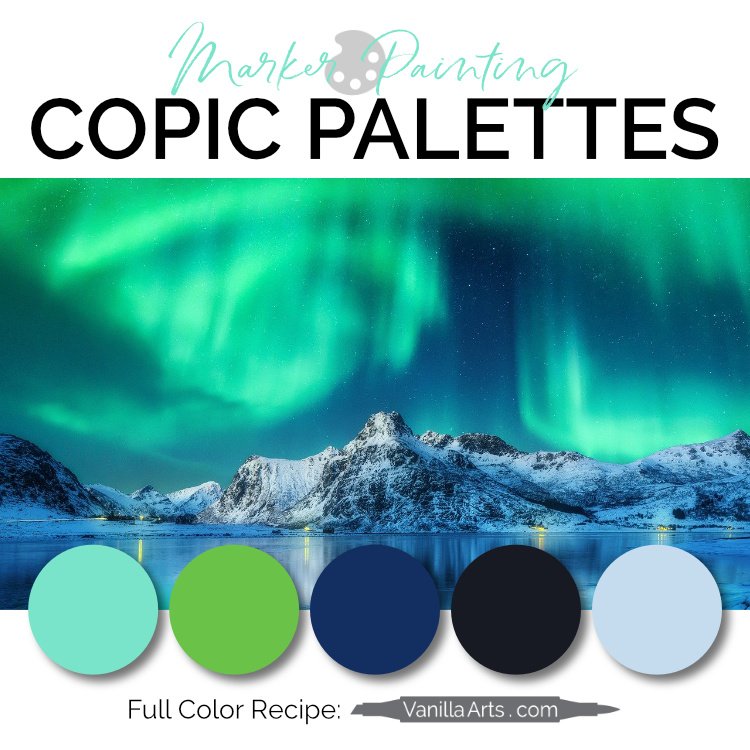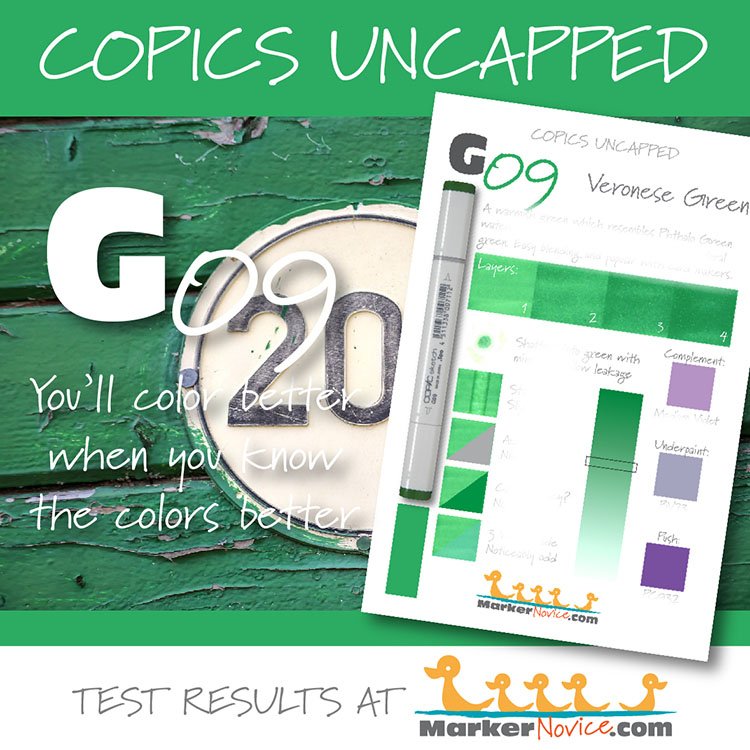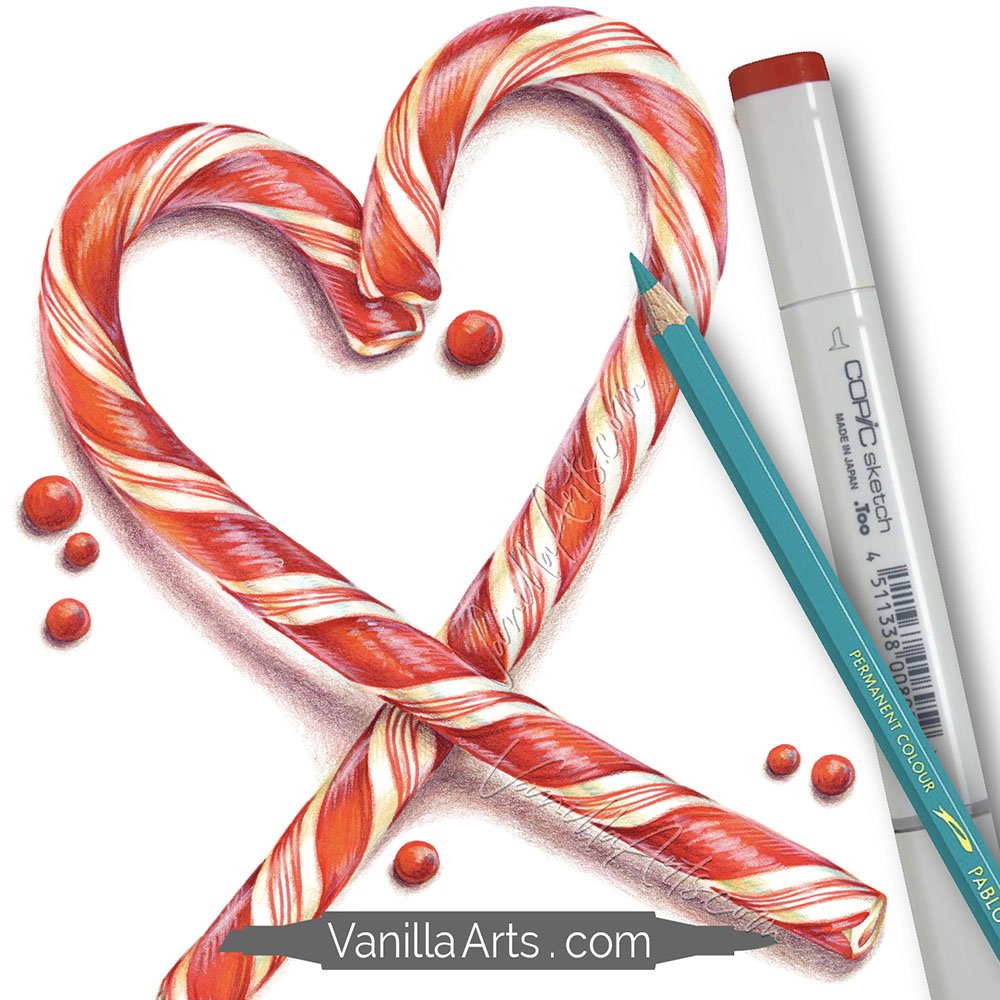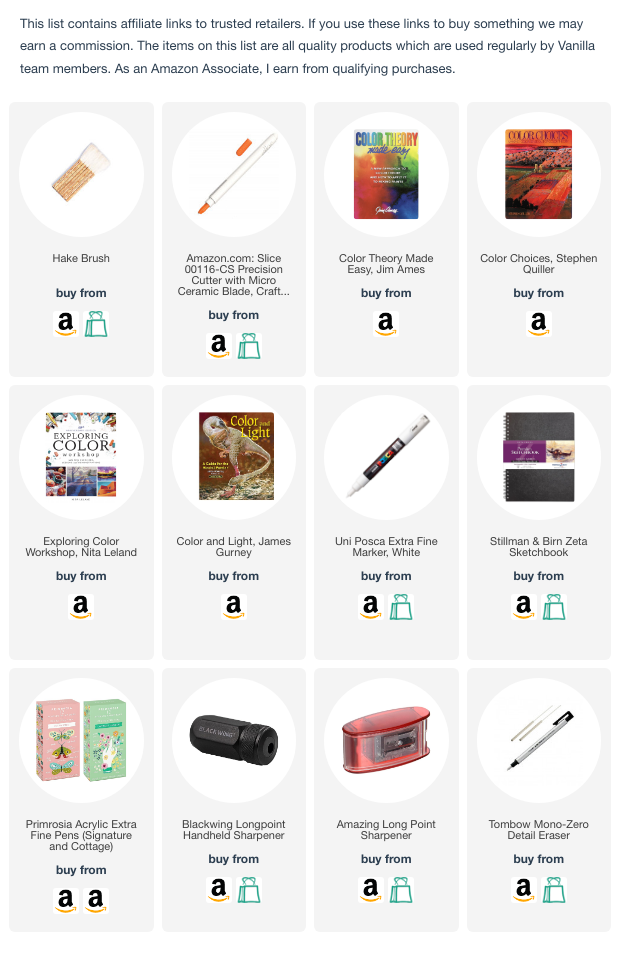Vanilla Beans: Welcome to the Zoo
My voice is still froggy but I made it through a livestream demonstration on Thursday without dying.
That’s always a good sign, eh?
Another livestream today and two next week, then I’ll be caught-up after my unplanned, never-gonna-end sick leave.
I wish I could schedule illness. It would be so much more convenient…
So we started our colored pencil series with the goal that you’re not going to be anyone’s cash cow anymore.
You can’t trust the label on most colored pencil boxes because these jerks will say anything to sell you pencils.
This week, let’s look at what’s inside a box of artist grade colored pencils.
WELCOME TO THE ZOO
When my daughter was in elementary school, she did an overnight field trip to the zoo.
Now normally, my husband and I split chaperone duties 50/50 and it wasn’t my turn, but I begged to be the go-parent this time.
I kinda expected something a little like the movie Madagascar where the zoo gates close and the animals are free to wander around being their sassy selves. I wanted to conga with penguins and limbo with kangaroos.
Instead, we watched zoo keepers hose-down a blood drenched polar bear.
Apparently, yet another peacock flew into the arctic exhibit and the biggest bear had a confetti party. It happens twice a month. They just keep buying more peacocks.
“EXHIBIT TEMPORARILY CLOSED” means they’re washing off the circle of life.
Now if you ask my daughter, she learned how long it takes to properly clean white fur (much longer than you’d think). I worry someday she may use this knowledge to evade the police.
<sigh>
Me? I learned not to trust the zoo brochure.
What you see on the customer side is not real.
The inside story is more complex.
A few years back, y’all went nuts for Polychromos.
I have no idea why it started, but suddenly every crafter and their dog needed an oil based colored pencil.
Wax pencils were a big no-no.
All the cool kids used oil.
I can’t explain these craft frenzies but I’ve learned to expect one annually. People like getting their britches in a bunch over something silly and all the peasants enjoy storming the castle. Just another fun day of outrage on the internet.
Faber-Castell was probably more shocked than anyone else to be thrust into the spotlight.
You could tell, because they never really liked saying the words “we make oil based pencils”. Their marketing team eventually leaned into it, but they never seemed totally comfortable with the idea.
The oil craze was big. Colorists were calling other pencil companies, giving them the third degree over wax and oil.
“C’mon, tell me! My blog readers need to know! Is this an oil based pencil or not???”
The company spokes person usually responded with “Well… uhhhh….”
There was good reason for the hesitation.
Because “oil-based colored pencils” never made any sense.
All colored pencils contain oil. Even the waxy ones.
And all oil-based pencils contain wax.
Every pencil has both wax and oil in it. You can’t have just one, they don’t work unless you have both.
And here’s why customer service always cringed…
See, if you open a box of artist grade colored pencils— as the customer, you see one pencil.
Well actually, you see a rainbow of pencils but in your head, it’s really just one kind of pencil, right?
This is a box of Polychromos. This is a box of Holbein…
Every pencil in the box is the same thing, it just comes in 120 colors, right?
Nope.
When we talk about colored pencils being “pigmented” this is what we mean.
Meet Ochre, one of the many colorful pigments used to make paint and other art supplies including artist grade colored pencils.
Ocher is a naturally occurring clay found in mostly in caves. Some of you know Ochre from the Paleolithic cave paintings in France and South Africa.
Ochre in it’s original form is a muddy yellow (Raw Ochre) but it can be heated to create a variety of beautiful red-browns (Golden Ochre, Burnt Ochre, Red Ochre, etc).
To make a colored pencil with Ochre, the pigment is heat-treated to the desired color and then the clay is ground into a fine powder. The goal is to get all the particles to the same size and each art supplier prefers different sized grains.
Art supply companies are notoriously secretive about their processes but if I had to guess, I know clay tends to clump and stick to itself. I’ll bet Ochre powders clump the same way.
So to make an Ochre pencil which feels creamy and smooth without any lumps and bumps in the pencil core, they need a healthy splash of oil to keep the particles separate.
They still need some wax to keep the pencil core solid but I strongly suspect any colored pencil made with clay tends to use more oil than wax.
This is Curcuma which most of you know as the spice Turmeric. It can be used to make gold colored art supplies.
Turmeric comes from the root of a plant native to India.
Now again, I’m guessing here but natural plant pigments tend to be weaker than mineral or chemical pigments.
If Curcuma is weak, then a Turmeric pencil will use more pigment than a similarly colored Ochre pencil.
And if there’s a lot more pigment powder in a Turmeric pencil, the manufacturer will need more wax, to keep the pencil from crumbling.
Again, I’m guessing here but with more wax, the resulting pencil will feel slicker as it glides across the paper. Wax also makes the lead softer and more blendable.
Many pigments are chemical creations.
In 2009, chemists at the University of Oregon were working with Manganese, attempting to create heat-protective coatings for electronics. As they played with different mineral mixtures, baking them to various temperatures, one sample turned brilliant blue.
The team accidentally created the world’s first totally lightfast blue pigment.
Now I’m sure they’re not making colored pencils with YinMin Blue yet— It’s very expensive. One YinMin pencil would cost a couple hundred dollars. Yikes!
But if we did make a YinMin pencil, we probably wouldn’t need much pigment. Chemical pigments tend to be extremely potent.
This pencil would require a lot of filler in the formula.
Remember, a pencil is usually a lot of pigment with just enough oil to make it pliable and enough wax to hold it together.
But if we don’t use much YinMin and it’s expensive anyway, we might use something like Talc or Calcium to add bulk and body to the core.
Notice a theme here?
Each time we change the pigment, the recipe changes.
Everything you thought and everything you’ve been taught about a colored pencil is basically wrong.
Some Polychromos pencils contain more oil but some contain more wax.
It varies by color.
This is why Prismacolor Dark Purple glides across the paper while Prismacolor Egg Shell feels like it’s digging a trench.
Different pigments, different recipes, same brand.
It was always stupid to divide the artist grade pencil brands between oil and wax because even inside one box from a single brand— you’re looking at a wide range of oil, wax, and filler.
Every color is a completely different animal.
You’ve got your polar bears and your peacocks, they’re not all the same.
I tell students to use one brand of artist grade pencils for a couple of years before trying another brand.
It’s not because it takes years to learn how to use a Prismacolor.
It’s because it takes time to learn 150 colors.
Every box of artist grade pencils is a zoo.
_____
Pssstttt… did you notice how many times I said “artist grade” in this article?
Yeah, we’ll talk about that next week.
NEW FEBRUARY LESSONS
click for membership info
IF YOU LIKED TODAY’S ARTICLE & VIDEO, PLEASE SUPPORT FUTURE FREE LESSONS
OLDIE BUT GOODIE
YouTube is on hold until later this month. I’m taking this time off to rest my voice and write a bunch of video scripts.
Here’s an older video, one you may have missed.
Click to watch. If your device doesn’t like embeds, watch at YouTube.
THIS WEEK IN COLOR
CURRENT PASSWORD: RubberDuckie
UPCOMING EVENTS
click to view details
VALENTINE COLORING
click for more info
Affiliate links like this support free lessons here and at YouTube:






























